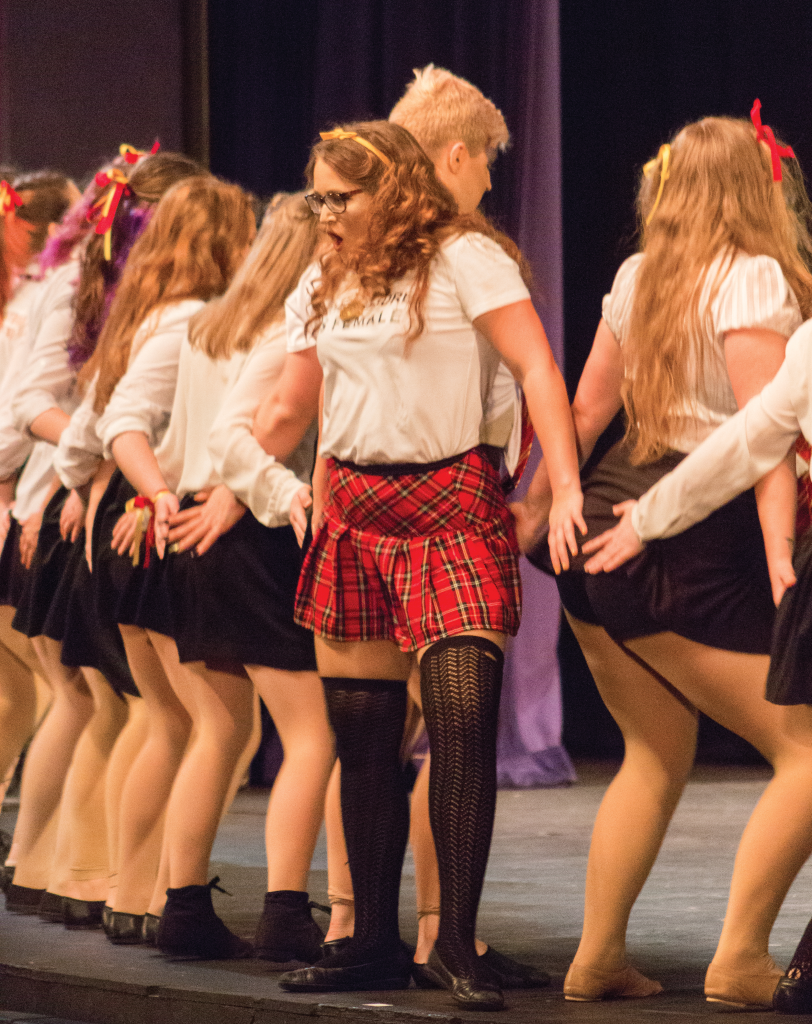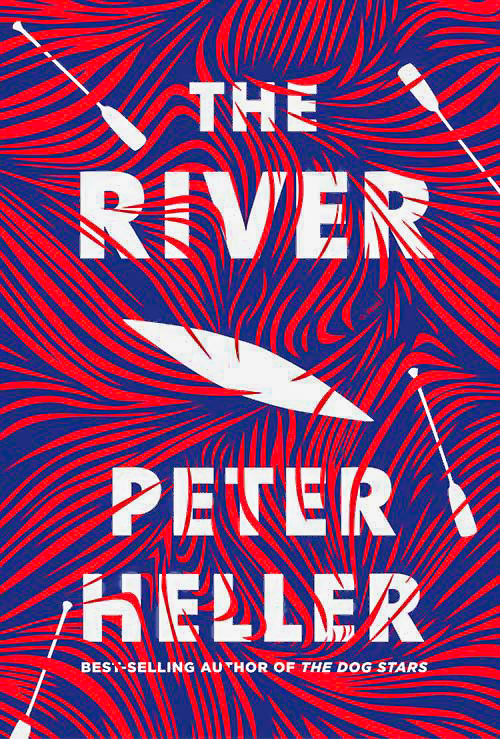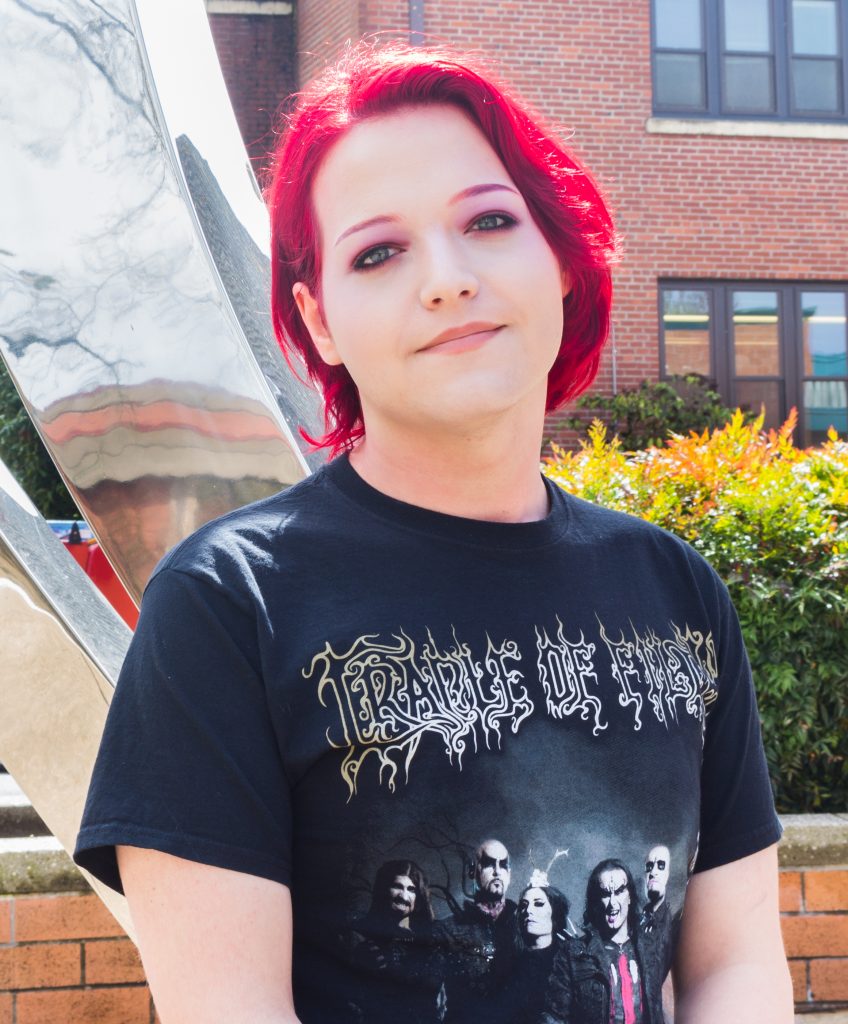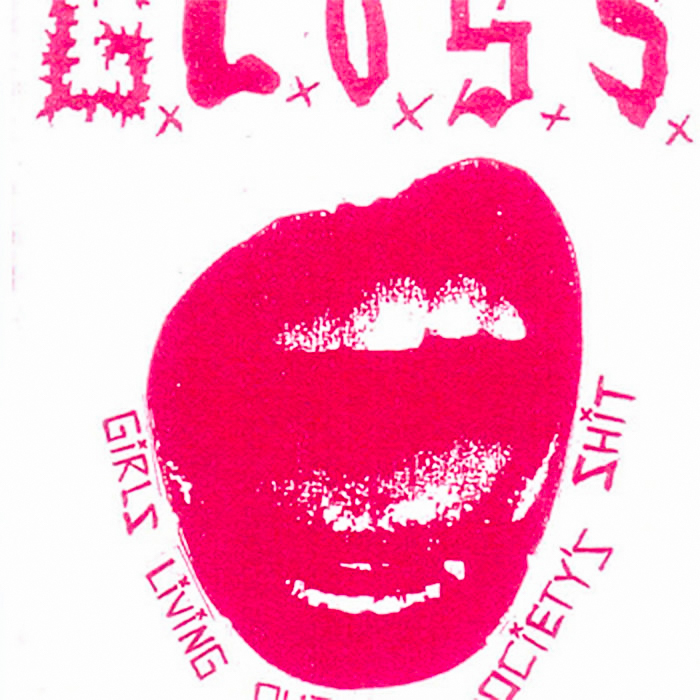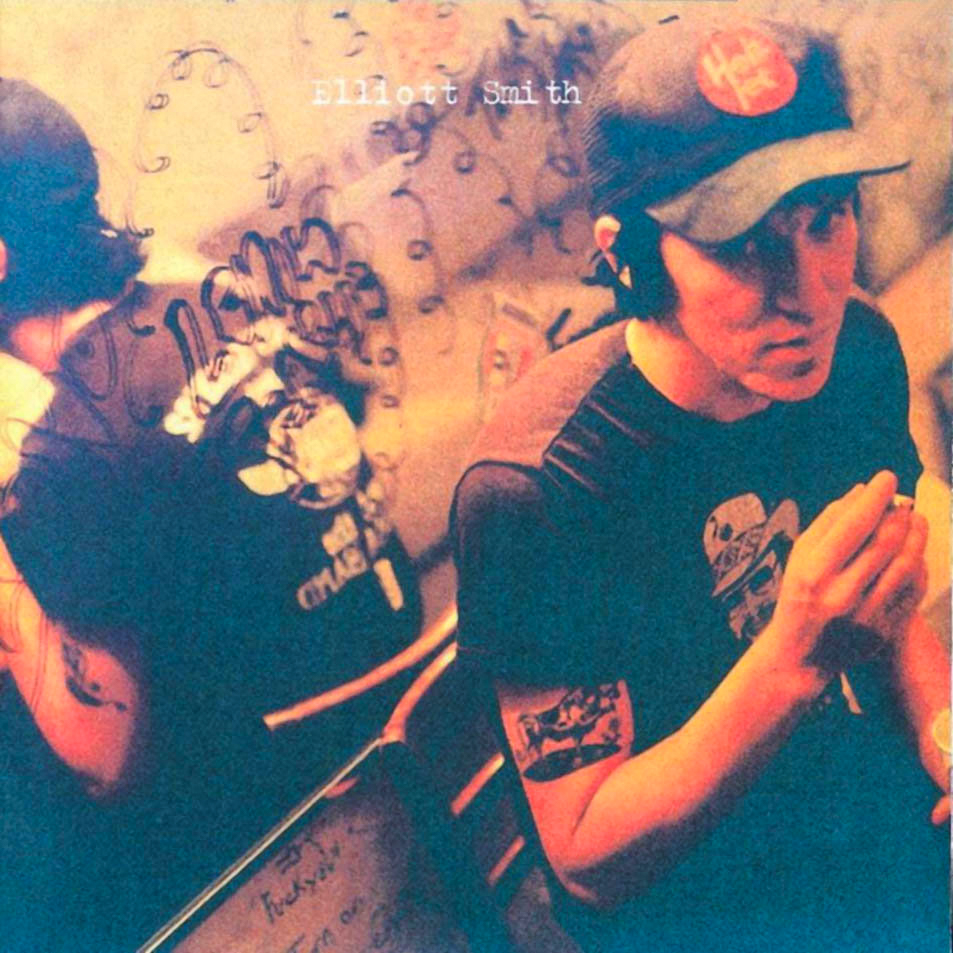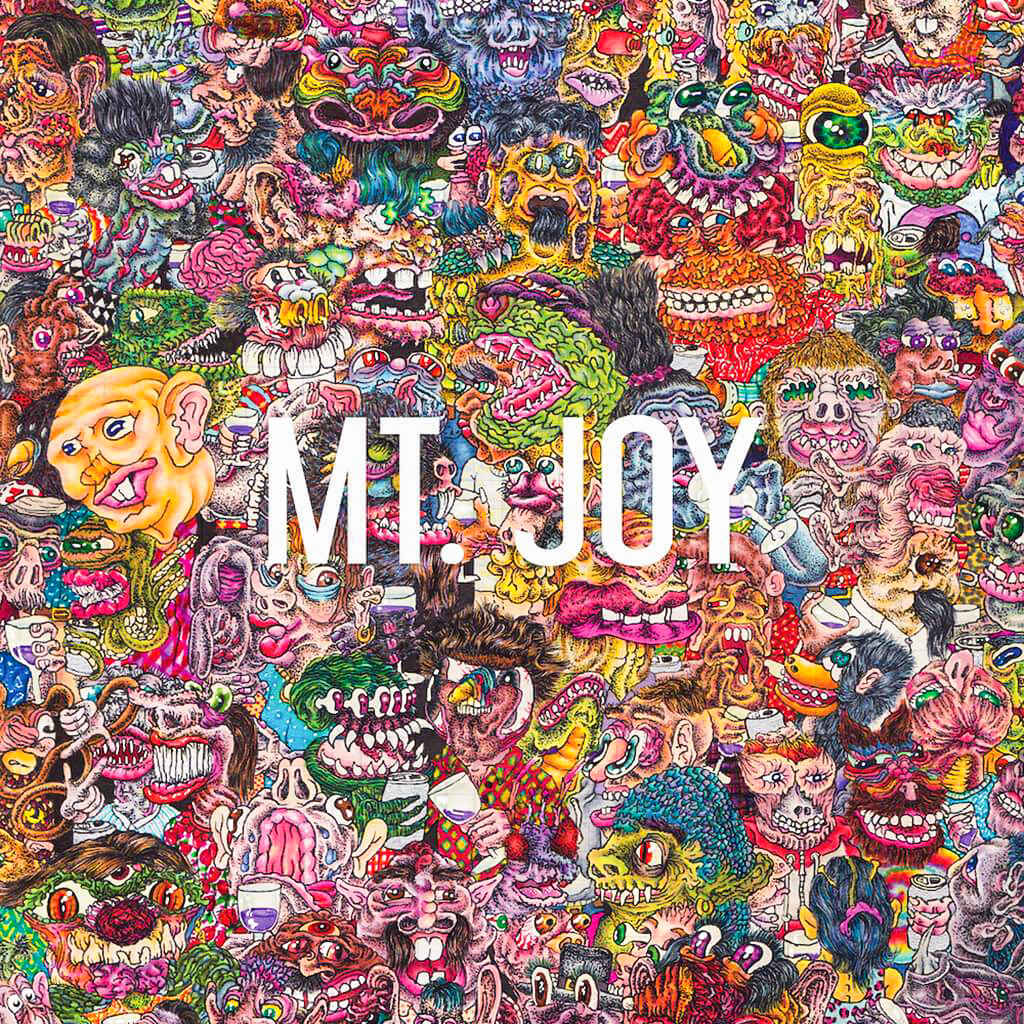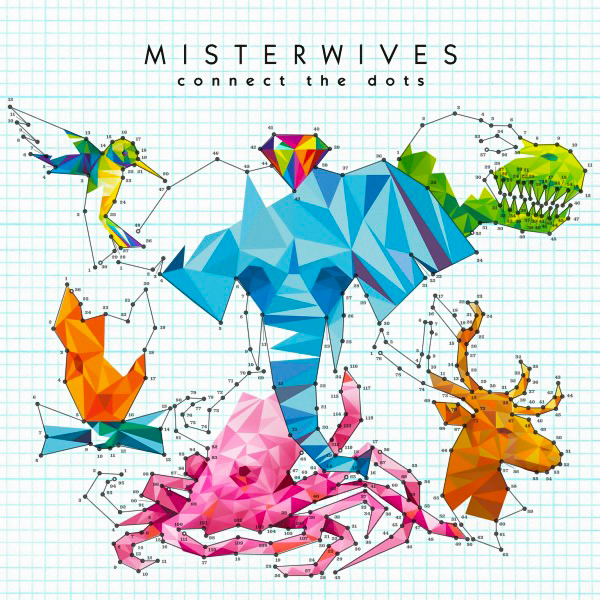
Chrys Weedon | Entertainment Editor
Album: Demo by G.L.O.S.S. (Girls Living Outside Society’s S**t)
This album was my introduction to a world I never thought existed — the world of Queer Feminist punk rock. I was introduced to the music of G.L.O.S.S. at a crowded punk rock venue when I was in high school, and I have never been the same since. This album is angry, violent and unapologetically genuine. G.L.O.S.S. explores what it’s like to be a woman in a patriarchal world, and specifically examines the lives and experiences of trans women. The album touches on important topics and makes me feel like I have a space where I can be angry when I need to be.
Photo courtesy of girlslivingoutsidesocietysshit.bandcamp.com

Caity Healy | Editor-in-Chief
Album: Either/Or by Elliott Smith
I’ve listened to this album more times than I can count, and each time, it evokes a sense of nostalgia and sends me through every emotion possible. From teary eyes, to bright smiles by the final song, this album is by far the most played in my collection. A Portland, OR native, Elliott Smith captures his truth in relation to the town in his song “Rose Parade” with lyrics that convey how he felt he fit in the city. It’s a powerful album that does what Smith set out to make it do — give you a true understanding of how he was feeling by making you feel those emotions, as well.
Photo courtesy of killrockstars.com

Kyle Morden | Digital Media Manager
Album: Lemonade by Beyoncé
This album is a true body of art. In a story about love, betrayal and redemption, Beyoncé gives us the monumental and breathtaking visual album, “Lemonade.” The album features talents such as Kendrick Lamar, Serena Williams and The Weeknd. It also includes a variety of genres such as pop, reggae, hip hop, soul and country. Throughout the album, Beyoncé delivers her songs in a powerful and poetic way. In “Formation” and “Freedom,” she inspires people to change their opinions from apathy to activism. “Lemonade” is an empowering album that covers concepts such as self-love and healing.
Photo courtesy of beyonce.com

Bailey Thompson | News Editor
Album: Red by Taylor Swift
Within this album, Taylor Swift offers a raw glimpse at a wide range of human emotion — from the joy and hope of “Everything has Changed”, her collaboration with Ed Sheeran, to the vulnerable, autumnal “All Too Well” and “Red.” Although I acknowledge that people tend to hold polarizing opinions of her, one thing that has always drawn me to Swift, and this album in particular, is that she writes her songs in a way that invites the listener to share in her experiences and relate their lives to hers. “Red” is therapeutic, artistic and real, and I have listened to it on countless occasions.
Photo courtesy of taylorswift.com
Paul F. Davis | Managing Editor
Album: Channel Orange by Frank Ocean
Frank’s breakout album is a musical moment that you experience and you have to question if it was real. Frank accomplishes this once in a generation orchestration by creating soundscapes that inspire a feeling of riding a wave of emotion, up and down. Channel Orange also rises above all else because of its ability to work in all kinds of situations, from the spiritual experience of making love with someone you love to enjoying a drink with friends by a fire. This power resides in the album’s hard hitting melodies and Frank’s floaty tenor voice. Frank defines a generation of ears with his first album, so treat yourself to a good time, plug in your head phones, and let Frank take you to another land of his creation.

Ashlynn Norton | Photo Editor
Album: Mt. Joy by Mt. Joy
Being a huge music nerd, I have a broad taste in music. I tend to listen to movie soundtracks and artists ranging from Aretha Franklin, to Led Zeppelin and even Lady Gaga. So picking a favorite album is hard, but the one that I’ve been listening on repeat lately is Mt. Joy by the band Mt. Joy. It’s a nice break from listening to mostly classic 70s and 80s rock. Mt. Joy has more of an indie/folk vibe that puts you in the mood for a good road trip with the windows and the sun on your face.
Photo courtesy of mtjoyband.com
Rachel Hetzel | Designer
Album: American Beauty/American Psycho by Fall Out Boy
When it comes to music, I usually only like one or two songs in an album. There aren’t many entire albums I enjoy, but American Beauty/American Psycho is one of the exceptions. Fall Out Boy has gone from rock to more pop over the years, and this album is a nice in-between. Their songs always have memorable lyrics, but they really stand out to me in this album. All of the songs in this album are great, but my favorites are “Twin Skeletons”, “Novocaine” and “The Kids Aren’t Alright.”

Cora McClain | Copy Editor
Album: The Disappearance of a Girl by Phildel
I introduce the album which kicked off my interest into what my friends call “my weird music” ⏤ “The Disappearance of a Girl.” Phildel, the British singer/songwriter strips her songs down to the bones, her haunting vocals and piano while sprinkling in a hint of electronic manipulation. Beyond how truly beautiful her songs are (I highly recommend listening to my favorite song on the album, “Funeral Bell”) the beauty of the story she lays out through the 12 tracks causes both tears and smiles. Through her whimsical and haunting songs, she tells the story of surviving abuse she sustained as a child, and how she moved forward through the good relationships in her life while feeling the sorrow of having to detach from her family to escape the abuse. “The Disappearance of a Girl” transports you into a fantastical world of pain and at the same time inspiration.
Photo courtesy of phildel.com

Rebecca Meyers | Lifestyle Editor
Album: Connect the Dots by Misterwives
There were a number of albums I considered before choosing my favorite, but I came back to this one because not only do I enjoy all the songs on the album, but the overall tone of it is very uplifting, even the more serious ones like “Revolution,” that can’t help but improve my mood whenever I listen to them. I listen to “Out of Tune Piano” when I’m feeling stressed or overwhelmed, “Machine” is one of my all time favorite songs and “Band Camp” and “Chasing This” make me excited and hopeful for my future plans.
Photo courtesy of misterwives.com





